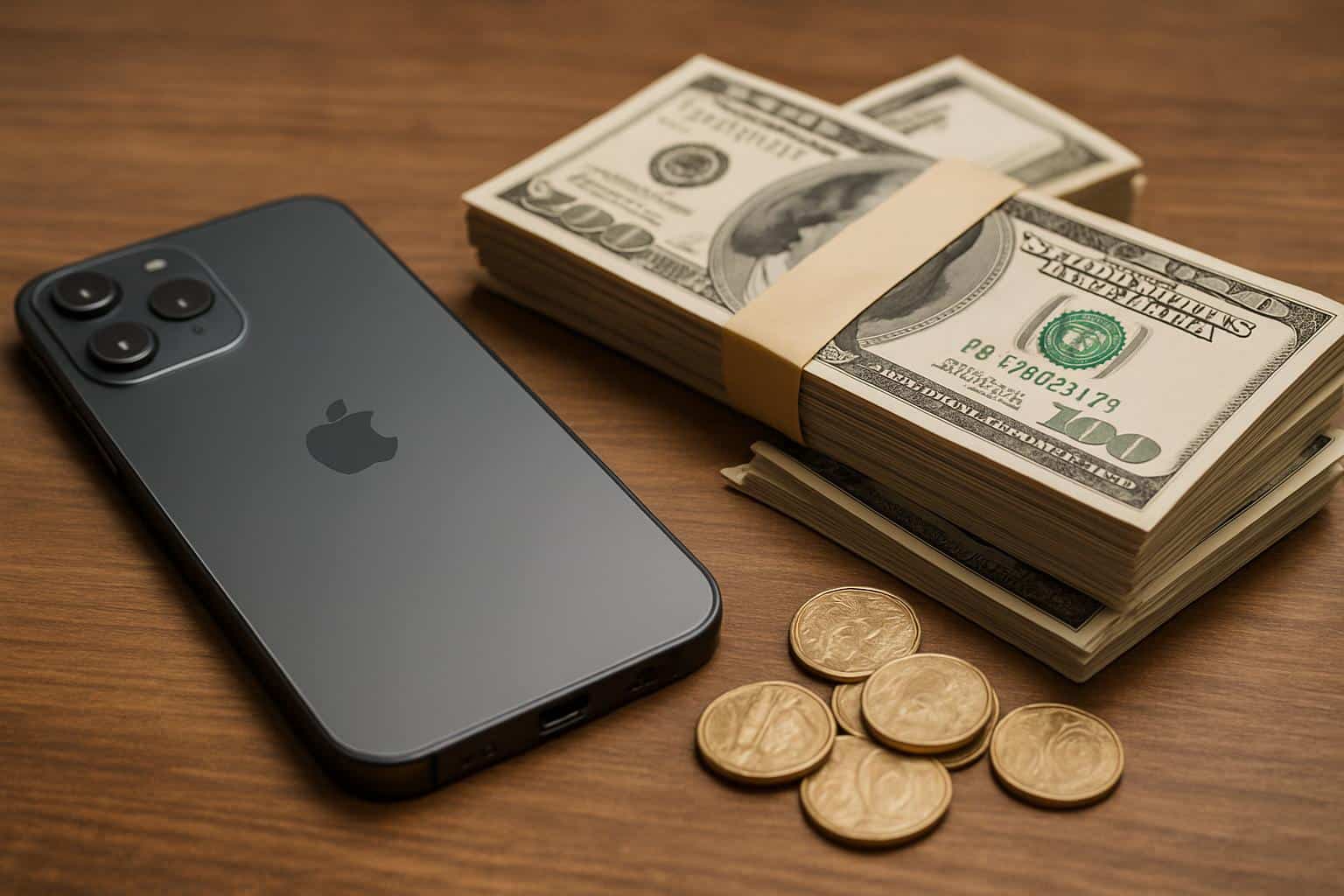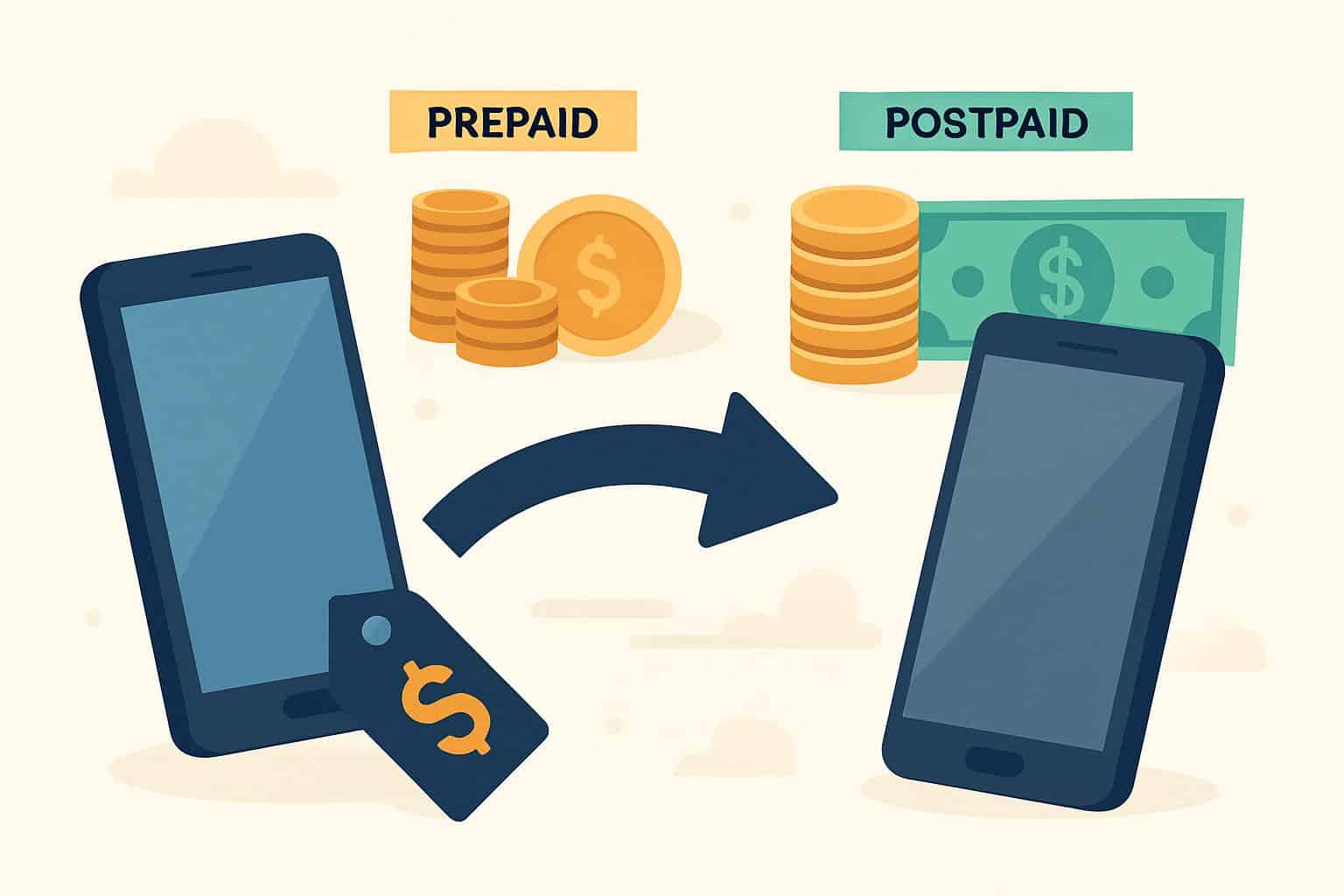Curious whether you can get a decent trade-in value if you use a prepaid carrier? The short answer is yes, but some of the headline numbers are likely smaller than the eye-popping deals you see from major postpaid brands. The bottom line is the total cost, not the naked sticker price of the trade. On prepaid, the savings frequently come in the form of lower monthly bills instead of an inflated trade-in credit.
Why Postpaid Trade-Ins Appear Larger Than Prepaid Offers
Big carriers consistently market $800 or even $1,000 for trade-ins, and for older phones. Those figures are seldom a simple cash amount too. They’re generally bill credits over 24 to 36 months, and you may have to be on a premium plan. Should you cancel or change service early, any remaining credits disappear. This system is modeled after auto financing: over-allow on the trade to retain a long-term commitment.

Consumer advocates have long pointed out that these credits allow higher plan prices to flourish. Some of the jitters can be blamed on carrier disclosures, which reveal that the “free phone” math often hinges on your staying put for the full term. The payoff: The trade-in looks great, but you’re paying for it with the monthly rate.
How Much Prepaid Trade-Ins Are Worth in Real Terms
Offers for prepaid trade-ins are more likely to be in line with wholesale or resale value. Think of it as market price less a processing margin. You can expect prepaid quotes to be 10–25 percent below what you might fetch in a private sale (condition, storage and demand depending).
Independent trackers help explain that gap. The latest numbers from Consumer Research suggest that the iPhone 8 continues to hold its own as one of the top-selling smartphones, some 10 months after it first hit the market. Pens down! Time for a benchmark spec showdown. BankMyCell’s depreciation analytics have demonstrated that iPhones generally lose between 25–35% of value through year one, while many Android flagships drop 40–60%. That edge means inflated trade-ins everywhere, but prepaid still tends to price around reasonable resale values rather than marketing-driven premiums.
Example: a pristine iPhone 13 might draw the low-to-mid $300s on prepaid trade-in, while a postpaid deal could promise $700+ in bill credits tied to four years of service. A private sale might fall between those figures. Precise numbers vary with condition, carrier and timing.
Do the Total Cost Math Before Choosing a Trade-In
To compare fairly, total two years of expenses. If a postpaid plan costs $30–$40 per line more each month than for an equivalent prepaid plan, that’s $720–$960 over 24 months. Though a prepaid trade-in might be $300 less than an up-front flashy postpaid credit, plan savings can make the difference feel negligible.
Industry data supports the trend. Historically, CTIA reports higher average customer spend on postpaid lines rather than on prepaid. Consumer-oriented testing groups have also found that moving to budget carriers can save average households hundreds of dollars a year. It’s those ongoing savings where prepaid really wins, not the trade-in counter.
How to Get the Most Out of Prepaid Trade-Ins
Sell privately when you can. Phone-specific marketplaces will often pay 10–20% more than trade-ins, even after fees. A pristine device, original box, and an IMEI verification can add dollars that matter.

Consider first‑party trade-ins during promotions. Phone makers such as Apple, Samsung and Google occasionally increase trade-in values around launches or for preorders. These windows of opportunity — which can close the gap with postpaid credits and lock you into a pricier plan — are not unlimited.
Use reputable retailers. Trade-ins not related to carrier activation are accepted by stores like Best Buy and big online retailers. The quotes frequently mimic prepaid values but are predictable and hassle‑free, with fewer chances of last‑minute downgrades.
Time the market. Prices drop when new models arrive and creep up after the initial rush. If you’re not doing day‑one upgrades, give a couple weeks to temper the temptation. Also consider unlocking the phone with your current carrier before you trade, as it adds value.
6 Things to Avoid Before You Start Trading
Look in the fine print for bill credits versus immediate value. If an offer is conditional on a particular plan tier or 36‑month commitment, model the costs with an apples‑to‑apples spreadsheet.
Make sure the device is paid off, unlocked, and has a clean history. Refer to industry groups, such as CTIA, for tools that can confirm the device is not reported lost or stolen. Back up your data, sign out of accounts, and factory reset to prevent delays at inspection.
Take photos of the condition and accessories prior to shipping. For mail‑in programs, retain tracking, insurance and return‑receipt information. These steps minimize the risk of having a device devalued after an inspection.
Bottom line: You can get an OK trade-in value with prepaid, but you’re almost always better off prioritizing total cost of ownership. Couple a fair, market‑based trade-in (or private sale) with a smaller monthly bill and you’ll often come out ahead of even the richest-looking postpaid promo in the end.

